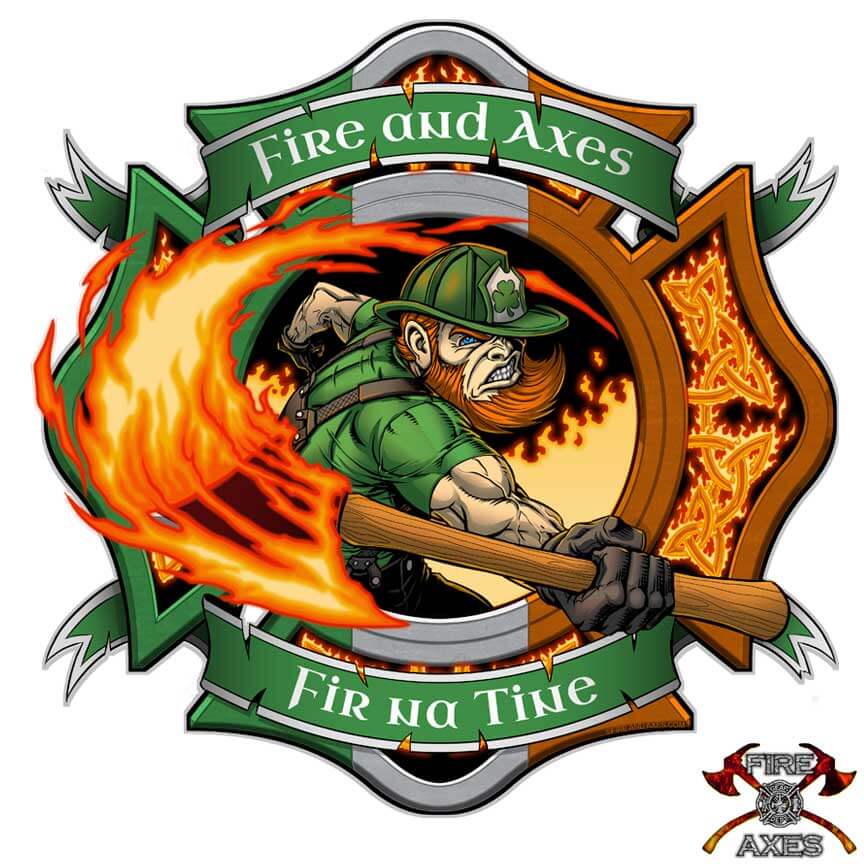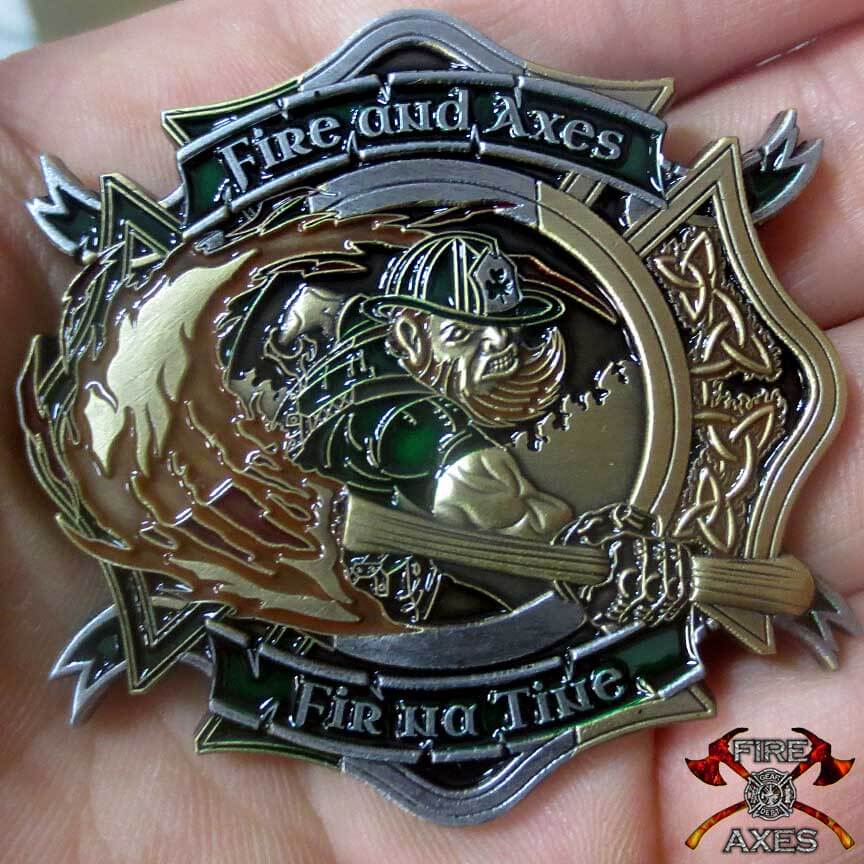The Chicago Fire Department (CFD) stands as a testament to resilience, dedication, and the unwavering commitment to protecting one of America’s most iconic cities. Its history is intertwined with the infamous event that shaped its formation: the Great Chicago Fire of 1871. In this blog, we’ll explore the remarkable history of the Chicago Fire Department and the pivotal role it played in the aftermath of the devastating blaze.
The Great Chicago Fire of 1871
The Great Chicago Fire remains one of the most destructive urban fires in American history. It began on the evening of October 8, 1871, and raged for two days, ultimately consuming a significant portion of the city. The fire’s exact cause remains a subject of debate, with theories ranging from a cow kicking over a lantern to human error.
The Fire’s Devastation
The Great Chicago Fire left a path of destruction in its wake:
- Burned Area: The fire consumed around 2,000 acres of the city, including neighborhoods, businesses, and infrastructure.
- Loss of Life: While the exact death toll is uncertain, it is believed that several hundred people lost their lives in the fire.
- Homelessness: Approximately 100,000 Chicago residents were left homeless, forced to seek refuge in makeshift camps.
- Economic Impact: The fire resulted in an estimated $200 million (equivalent to billions today) in property damage, crippling the city’s economy.
The Birth of the Chicago Fire Department
In the wake of the Great Chicago Fire, city leaders recognized the need for a professional fire department. On January 1, 1872, the Chicago Fire Department was officially established, replacing the city’s existing volunteer fire companies.
Early Challenges and Innovations
The fledgling Chicago Fire Department faced numerous challenges in its early days:
- Limited Equipment: Initially, the department had a meager fleet of horse-drawn steam engines, hose reels, and ladder trucks.
- Training: Firefighters underwent rigorous training to develop the skills and knowledge needed to combat fires effectively.
- Innovations: Over time, the CFD introduced innovations such as improved fire hydrants and aerial ladder trucks, contributing to its firefighting capabilities.
Modernization and Expansion
As Chicago continued to grow, so did the Chicago Fire Department. Here are some key developments in its history:
- 1900s: The department modernized further, incorporating motorized fire apparatus and expanding its presence throughout the city.
- Paramedic Services: In 1976, the CFD introduced paramedic services, enhancing its ability to respond to medical emergencies.
- Diverse Roles: The CFD has evolved to handle not only fires but also hazardous materials incidents, water rescues, and other emergencies.
- Training and Preparedness: The department places a strong emphasis on training and preparedness, ensuring that its firefighters are well-equipped to respond to a wide range of challenges.
Community Engagement and Education
The Chicago Fire Department actively engages with the community through initiatives such as fire prevention education, safety programs, and public outreach. These efforts promote fire safety awareness and help reduce the risk of fires.
The relationship between Irish heritage and firefighting runs deep and enduring. Dating back to the early days of firefighting in the United States, Irish immigrants played a significant role in shaping the fire service. Their strong sense of community, dedication to public service, and willingness to face danger head-on made them natural firefighters. The legacy of Irish firefighters is celebrated through traditions like the Maltese cross, which often incorporates Celtic elements, and the annual St. Patrick’s Day parades, where firefighters proudly march in honor of their heritage. This historical connection continues to be a source of pride and camaraderie among firefighters of Irish descent, and it underscores the rich tapestry of the firefighting community.

Conclusion
The Chicago Fire Department’s history is inextricably linked to the devastating events of the Great Chicago Fire. Over the years, it has transformed from a volunteer-based organization into a highly skilled and professional firefighting force. Today, the CFD continues to serve and protect the city of Chicago, embodying the resilience and determination of a community that rose from the ashes to rebuild and thrive. The lessons learned from the Great Chicago Fire remain a testament to the importance of preparedness, innovation, and the unwavering commitment to safeguarding lives and property.

In the spirit of honoring and supporting the brave men and women of the fire service, organizations like Fireandaxes.com play a crucial role. Their dedication to crafting quality firefighter-themed products and apparel serves as a symbol of gratitude and solidarity with those who put their lives on the line every day. To explore their range of products and show your support for firefighters, visit their website at Fireandaxes.com.

